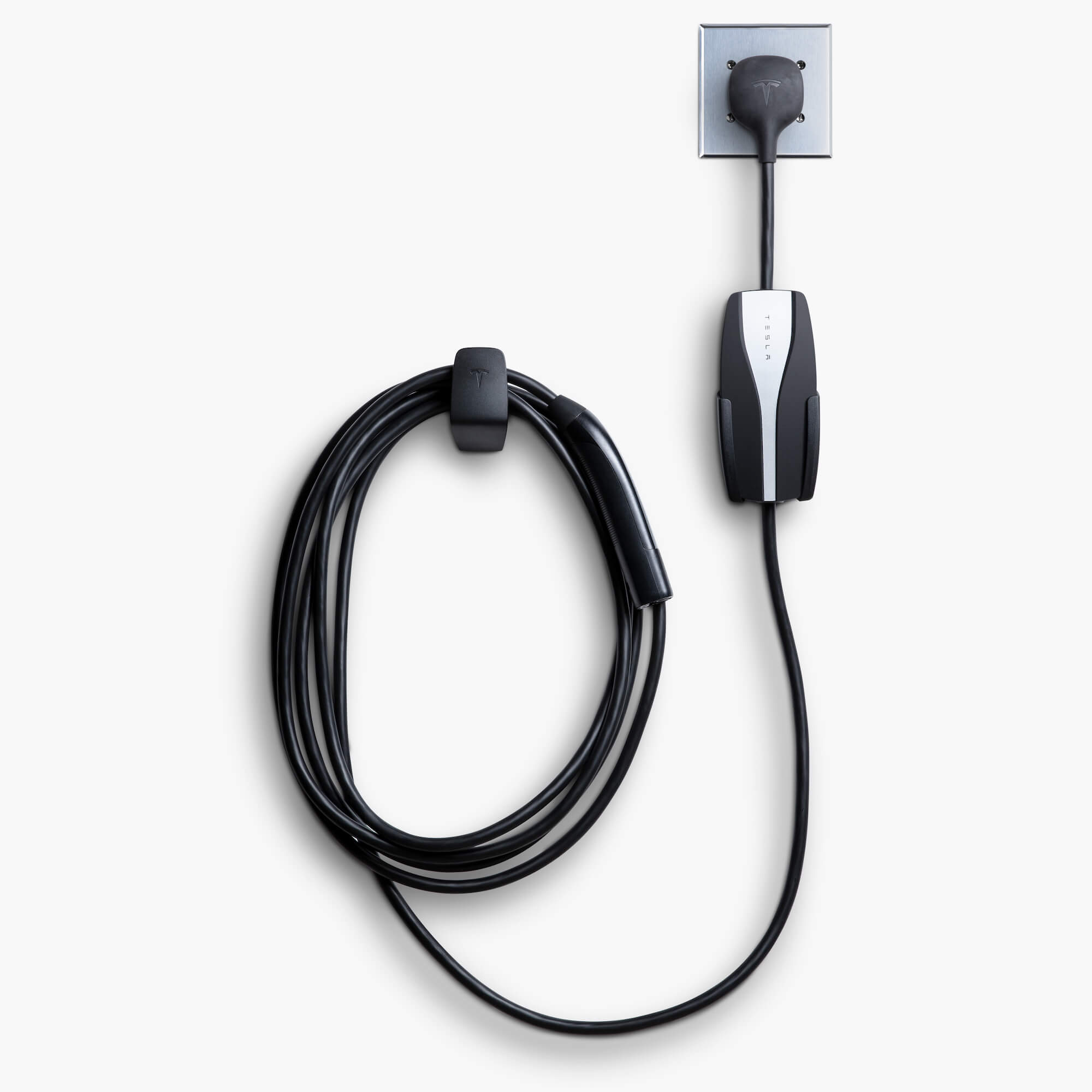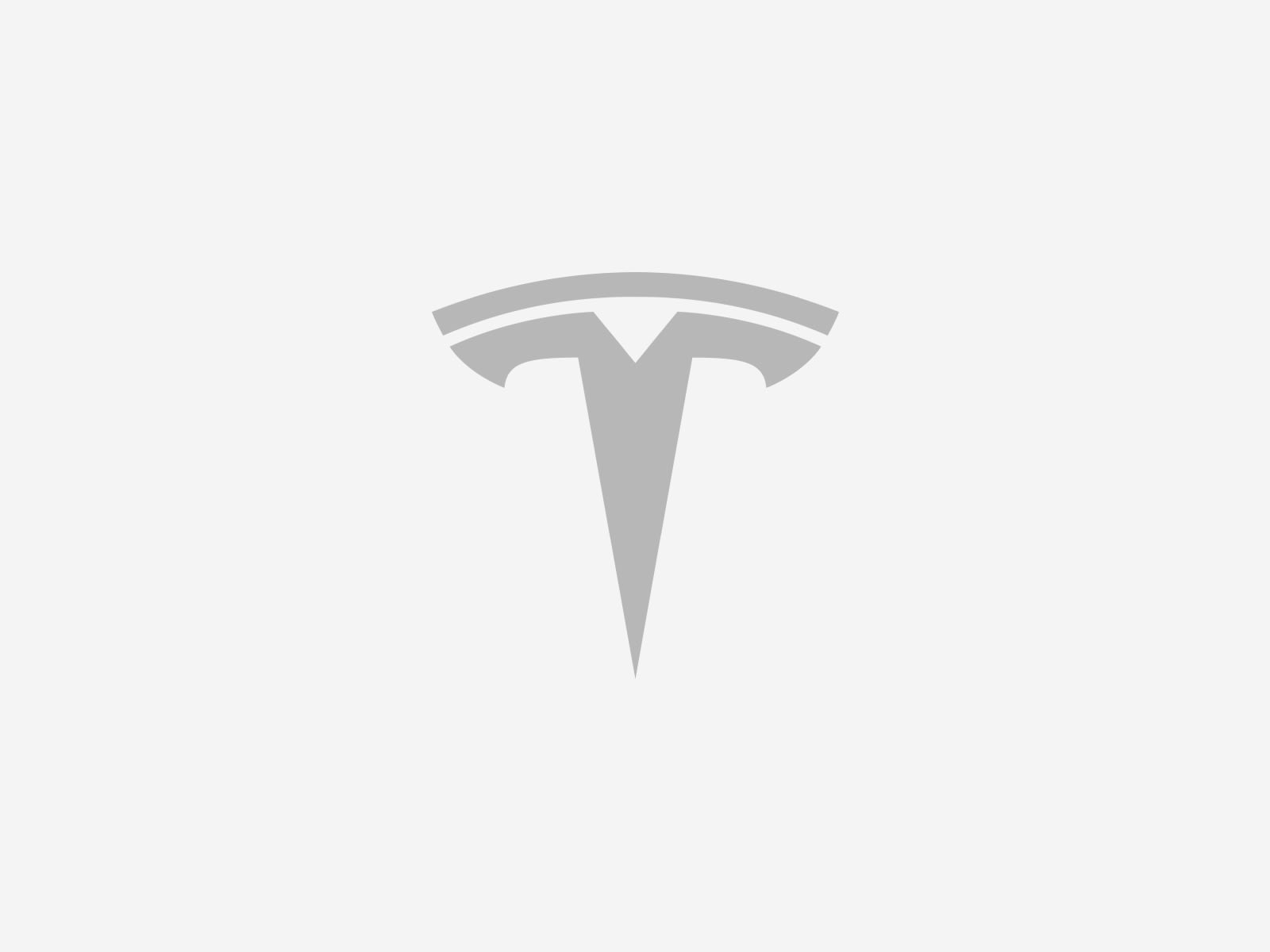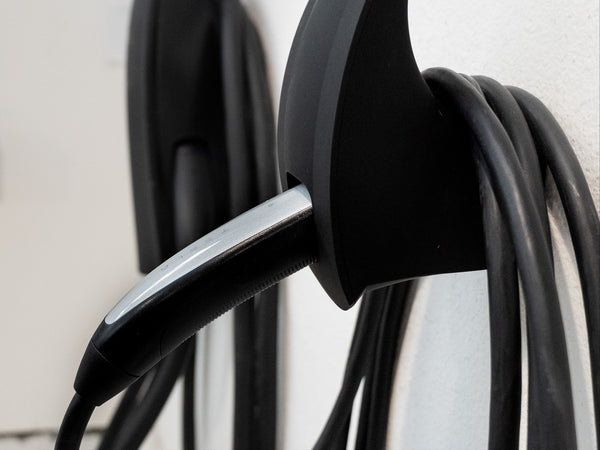I just installed a Tesla Wall Charger WC. The unit looks futuristically good, but IMHO is a bad form. Because the handle is on the right hand side of the unit, it requires a whooping 9 inches of clearance (as measured from the center of the WC) on that side, while needing only 4 inches on the left hand side. This makes the installation impossible in a garage with a narrow center post. Also, the mounting bracket does not provide any ‘vertical reference’ to check the unit, as there is no aligned molding to affix the level to; one has to assume that the mounting screws are properly positioned, and there is no way to check afterwards.
I would have been happier with a less iPhone-like flashy unit e.g. a plain square box with a center-mounted handle and an ammeter/voltmeter to check that the notoriously fuzzy Tesla charger is indeed operating as it should.
On the bright side, the unit provisioning (called ‘commissioning’ by Tesla) works well: so here it is 'a lot of substance but a questionable form'.
I would have been happier with a less iPhone-like flashy unit e.g. a plain square box with a center-mounted handle and an ammeter/voltmeter to check that the notoriously fuzzy Tesla charger is indeed operating as it should.
On the bright side, the unit provisioning (called ‘commissioning’ by Tesla) works well: so here it is 'a lot of substance but a questionable form'.





